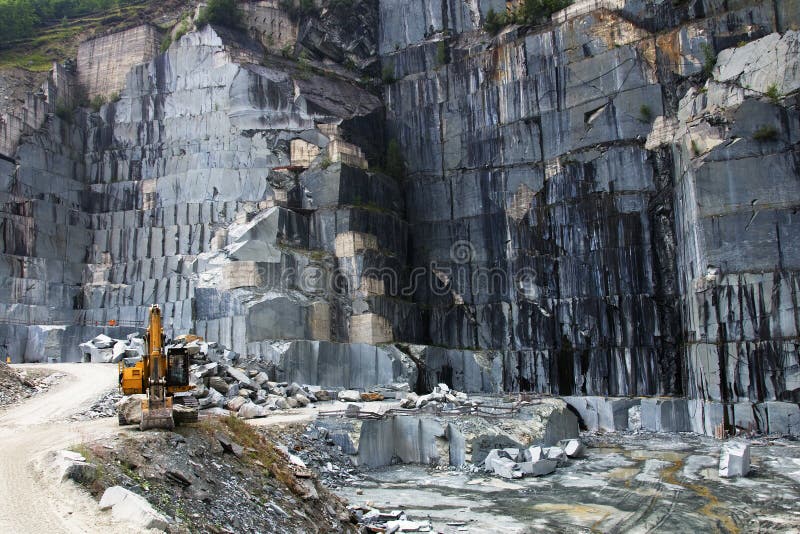A Journey Through Granite Quarries in South Africa: Unveiling Nature's Virtuosity
A Journey Through Granite Quarries in South Africa: Unveiling Nature's Virtuosity
Blog Article
Introducing the Mysteries of Granite Quarrying: Where Stamina and Style Meet
The world of granite quarrying is a world where the raw strength of nature merges with human virtuosity to create frameworks that stand the examination of time with an air of elegance. From the midsts of quarries to the thorough polishing in workshops, the process of changing granite into building marvels is an intricate dance of practice and innovation. As we peer right into the midsts of this ancient craft, we begin to discover the hidden intricacies that shape the extremely significance of our built environment.
The Origins of Granite Quarrying
In the annals of building background, the origins of granite quarrying are shrouded in a tapestry of old craftsmanship and geological wonders. Going back to old Egypt and Mesopotamia, the removal of granite from quarries marked the beginning of a journey that would ultimately cause the production of some of the globe's most legendary frameworks.
Granite quarrying's origins can be mapped to the competent craftsmens that acknowledged the rock's longevity and visual allure. Via a mix of primitive devices and large decision, these early quarry workers discovered granite blocks that would become the foundation of civilizations.
As human beings evolved, so did the strategies of quarrying granite. The Romans, renowned for their design prowess, established sophisticated methods for extracting granite to create monoliths, temples, and roads that stood the examination of time.
The heritage of these ancient quarrying practices remains to form contemporary design, with granite remaining an icon of toughness and style in building projects around the globe. (granite quarries in south africa)
Devices of the Quarrying Trade
The advancement of granite quarrying methods from ancient civilizations to modern times highlights the essential role played by the tools of the quarrying trade in forming the industry's techniques. In old times, quarrying devices were fundamental, typically consisting of blades, hammers, and wedges made from materials like bronze or iron. These devices required considerable manpower and time to essence granite obstructs from quarries.

Furthermore, the introduction of pneumatic tools and high-powered machinery has significantly reduced the physical labor required in quarrying procedures, boosting employee security and efficiency. As the quarrying market remains to innovate, the tools of the trade continue to be at the center of driving development and shaping the future of granite extraction.
Extracting Blocks of Granite
Making use of accuracy equipment and progressed strategies, the removal of granite blocks from quarries has come to be an innovative procedure in the contemporary quarrying industry. The initial action includes identifying the location and dimension of the granite deposit to identify the most reliable removal technique. When a suitable site is picked, the removal process begins with the exploration of openings for the placement of explosives. Controlled blowing up methods are then used to damage apart the granite right into workable areas.

Sprucing Up and Completing Techniques
To attain a flawless surface area on granite blocks, experienced artisans use a collection of thorough polishing and completing strategies. After the first extraction and shaping procedures, the granite obstructs undergo a complete polishing phase to improve their all-natural elegance and resilience.
Along with sprucing up, ending up techniques are applied to additional improve the granite's look. These techniques may include flaming, refining, or cleaning, each offering one-of-a-kind textures and finishes to fit various visual preferences. Flaming, as an example, involves subjecting the granite surface area to heats to produce a rough, distinctive surface, suitable for outside applications where slip-resistance is important. Sharpening, on the various other hand, gives a matte surface that is smooth to the touch, ideal for indoor counter tops and flooring. By meticulously choosing and using these polishing and completing methods, artisans can transform raw granite blocks right into beautiful pieces that display both toughness and style.

Ecological Effect and Sustainability
With the growing emphasis on ecological awareness in the industry, granite quarrying techniques are significantly inspected for their impact on natural deposits and long-lasting sustainability. Quarrying for granite can have significant environmental effects. The extraction process usually involves the usage of hefty machinery, explosives, and big quantities of water, leading to habitat damage, dirt erosion, and water pollution. Furthermore, the transport of granite from quarries to refining centers generates carbon discharges, additionally adding to environmental degradation. granite quarries in south africa.
To reduce these effects and make sure sustainability in granite quarrying, market stakeholders are taking on numerous actions. Applying innovative modern technologies to decrease energy usage and water usage, reclaiming quarried land discover this info here for ecological remediation, and promoting responsible sourcing practices are some techniques being employed. Additionally, certifications such as the Forest Stewardship Council (FSC) and the Management in Power and Environmental Layout (LEED) aid customers determine eco-friendly granite products.
Verdict
To conclude, granite quarrying is a process that calls for specialized her latest blog tools and techniques to remove blocks of granite and brighten them to a high level of surface. While the environmental influence of quarrying can be considerable, initiatives are being made to enhance sustainability techniques in the market. Overall, granite quarrying is a fragile balance between utilizing the toughness and beauty of this all-natural stone while minimizing its influence on the environment.
Report this page